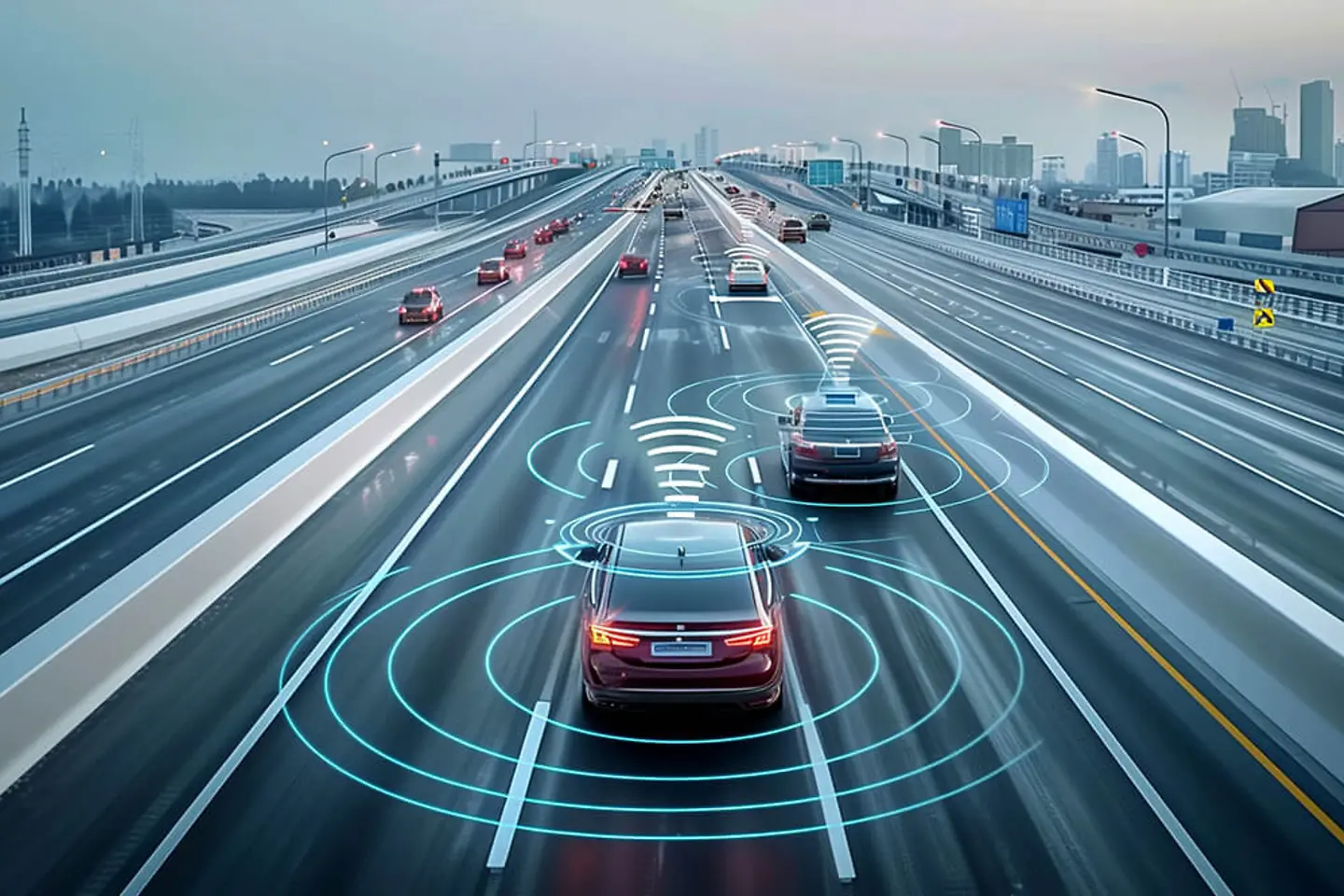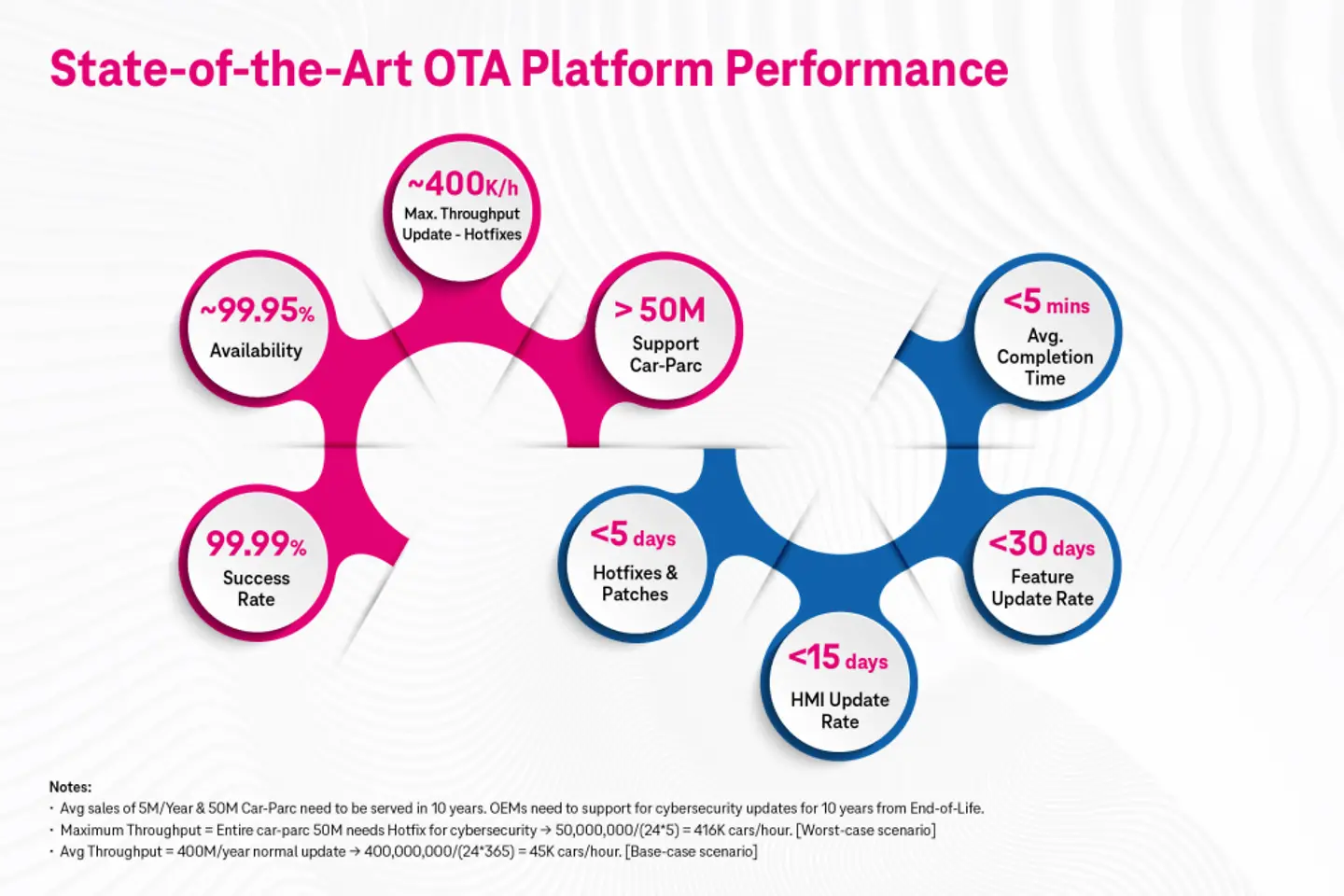
Today’s vehicles are essentially complex computers on wheels. With millions of lines of code controlling everything from the engine to the entertainment system, keeping software up to date is crucial. Imagine providing critical security patches, bug fixes, and even new features directly to your customer’s vehicles, wirelessly. OTA solutions eliminate the hassle of dealership visits and ensure all cars are always performing at their best.
While OTA offers enticing benefits, OEMs face numerous challenges to build a complete platform, they’re often trapped in specific suppliers/service providers due to high switching costs, which restrict scalability. The slow pace of developing and deploying software updates hampers innovation and deteriorates customer experience. Strict safety and cybersecurity regulations add another layer of complexity. Frequent update failures and high ownership costs further strain resources. A flawed OTA update not only jeopardizes customer experience but also overburdens dealerships with extra work.

T-Systems’ end-to-end OTA platform streamlines the entire process, empowering OEMs to achieve a competitive advantage with multiple AI engines. Its adaptable design seamlessly integrates applications across every aspect of your vehicle, right from digital cockpit upgrades to powertrain optimizations and advanced driver assistance systems. This flexibility ensures a future-proof solution for new features, features-on-demand, bug fixes, in-car entertainment, and even cybersecurity updates – all within a single platform.
T-Systems plug-and-play hypercubes offer scalability, legacy system integration, and regional customization. The proactive action engine based on real-time data enhances user experience, also increases revenue with “dynamic pricing”. End-to-end testing reduces effort and improves quality. Cloud-agnostic design integrates all devices, targeting the right vehicle with the right update reducing costs, and optimizing performance, while traceable reporting gives a complete update history.
You can display all external content on the website at this point.
I agree that personal data may be transmitted to third-party platforms. Read more about this in our privacy policy.
A secure, seamless, and scalable software-defined vehicle platform is key for user experience, service rollout, and regulatory compliance. Watch our case study video for the SDV platform.